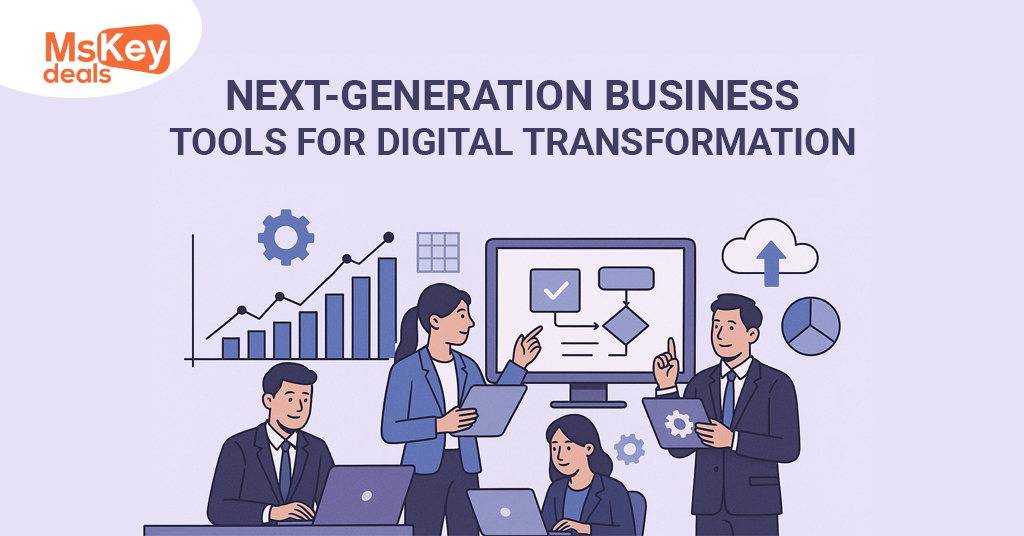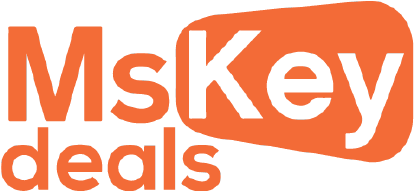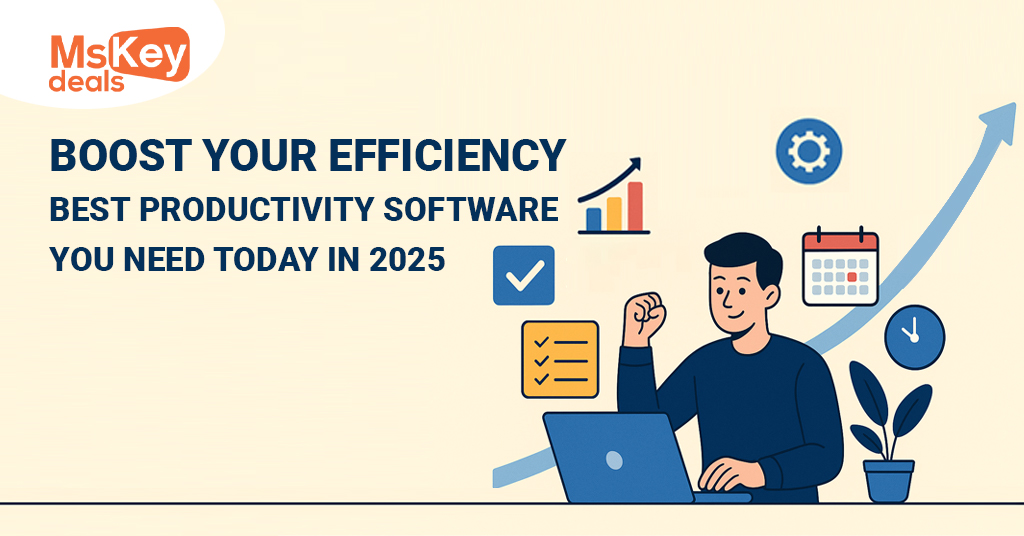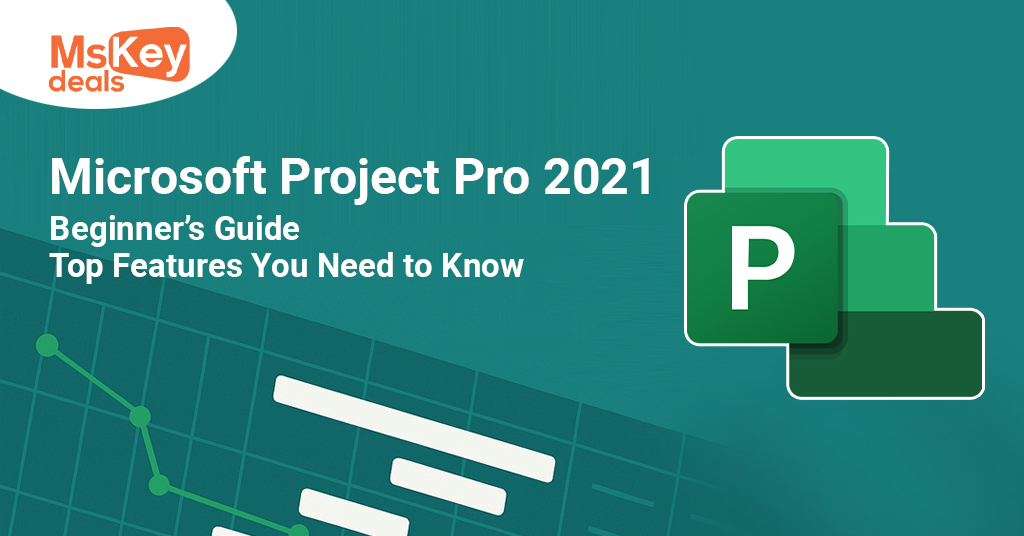
Digital transformation has changed how businesses work. To stay ahead, companies must adapt fast. They need the right tools. Business tools for digital transformation make this shift possible. These tools help teams move quickly. They improve how things get done. They bring real change to every area. In the past, businesses used paper and manual work. Today, the world is digital. Every part of a business now runs on tools and software. If a business does not evolve, it falls behind. These tools are not just about speed. They are about being smart, flexible, and ready for the future. Business tools for digital transformation help companies grow. They reduce costs. They increase profits. They also improve customer experience. Businesses that use these tools are more successful. They make better choices. They can see what is coming next. Transitioning is not easy. But with the right tools, it becomes possible. Many businesses have already made this shift. They now rely on cloud services, automation, and smart software. With these tools, they are leading in their fields. If you want your business to grow, you must explore these tools. They will guide your company into the digital future. Start now. Use the right business tools for digital transformation. You will see results quickly. Let us dive deeper into each type of tool. We will cover everything you need. This guide is full of useful tips. Stay with us to learn more. Each section builds on the last. You will gain the knowledge to transform your business. The tools are ready. Are you?
Why Digital Transformation is Crucial Today
Digital transformation is no longer a trend. It is now a need. Every business must change to survive. Customers expect fast and easy service. They also want personalized experiences. Old methods no longer work. Business tools for digital transformation fix this. They help companies serve customers better. The world has changed. Mobile devices, cloud computing, and social media rule the market. Businesses must keep up. If not, they lose out. These tools help companies move fast. They make operations smoother. They improve decisions with real-time data. With smart tools, teams work from anywhere. They connect easily. They also respond faster. Security improves. Data becomes safer. Companies grow faster too. They find new markets quickly. They launch products faster. They stay ahead of their rivals. Employees also benefit. They enjoy better tools. Their work becomes easier. They feel more involved. This leads to higher output. Business tools for digital transformation help every part of a company. From marketing to sales. From HR to finance. From IT to support. All areas improve. Business leaders must act now. The longer they wait, the harder it gets. Digital change is not a choice. It is the only way forward. With the right tools, companies thrive. They serve better. They earn more. They grow stronger. Digital tools are the key to success. Learn them. Use them. Master them. In the next section, we will explore cloud-based tools. These tools are the base of digital success.
Cloud-Based Business Tools
Cloud-based tools are essential today. They are flexible, fast, and cost-effective. Many businesses now run on the cloud. These tools offer storage, apps, and services. They work online. No need for complex hardware. Business tools for digital transformation often begin here. Cloud tools save money. Companies pay only for what they use. They also scale easily. As a business grows, so does the cloud. These tools also offer strong security. Backups run automatically. Teams access work from any device. Collaboration becomes simple. File sharing is instant. Meetings are held online. Data updates in real time. Some popular cloud tools include Google Workspace, Microsoft 365, and Dropbox. They are used daily by thousands of companies. Cloud tools also support remote teams. With just a login, work can start from anywhere. This is ideal for today’s world. Cloud tools are reliable. They have strong uptime. This means less downtime. Fewer delays. Better performance. Business tools for digital transformation must include cloud services. Without them, scaling is hard. Cloud software also integrates with other systems. This creates a smooth workflow. Finance, HR, marketing, and support all benefit. If you want speed, flexibility, and security, start with cloud tools. They are the base of modern business. In the next section, we will talk about automation. This saves time and cuts waste. It is a must for digital success.
Automation Tools that Save Time
Automation tools do more with less effort. They handle repeat tasks. This saves hours each day. Business tools for digital transformation must include automation. These tools free up teams. They allow people to focus on big tasks. Not small chores. Tools like Zapier, Make, and HubSpot help a lot. They connect apps. They move data fast. They also track workflows. For example, you can automate emails. Or updates. Or alerts. No need to click again and again. These tools also reduce errors. Manual work often brings mistakes. Automation is cleaner and faster. Many departments benefit. Sales teams follow up fast. HR teams send updates automatically. Marketing teams schedule posts. Finance teams track bills. All with less work. You just set up rules once. Then it runs by itself. Updates can happen at night. Or on weekends. While you sleep, work gets done. This makes a huge difference. Business tools for digital transformation are not complete without automation. They help small teams act big. They save money too. No need to hire more staff. Just use smarter tools. In short, automation makes things easier. Faster. Better. It’s time to automate your tasks. In the next part, we look at CRM tools. These help you serve your customers better.
CRM Systems to Manage Customer Relationships
Customer success is key. CRM tools help with that. CRM stands for Customer Relationship Management. These tools track customer data. They help teams remember details. They also help with follow-ups. Business tools for digital transformation always include CRM. They improve service and sales. Tools like Salesforce, Zoho CRM, and HubSpot are popular. They help sales teams manage leads. They remind reps to call or email. They also track deals. CRM tools store all info in one place. Names. Emails. Past talks. Sales history. Everything. Teams work faster with this info. Service improves too. Customers feel seen. They stay loyal. Business tools for digital transformation help build trust. CRM tools also give reports. You see what works. You fix what doesn’t. These tools help all teams. Not just sales. Marketing uses CRM data to target better. Support teams respond faster. Even top leaders use CRM insights. They shape big plans. If you want better customer service, start here. CRM tools are a must. They turn visitors into buyers. They keep buyers coming back. They also save time. No more searching for info. It’s all in the CRM. You serve better. You grow faster. Next, we will cover project management tools. These help you stay on track.
Project Management Made Simple
Managing projects can be hard. But the right tools help. Project management tools track tasks. They show progress. They keep teams focused. Business tools for digital transformation often start with these. Tools like Trello, Asana, and Monday.com are great. They use boards and lists. They show what to do. And when. Teams see the full picture. Nothing is missed. Deadlines are clear. Work stays on time. Everyone knows their role. This reduces stress. It also cuts mistakes. You can assign tasks fast. Update them in real time. Share files too. And chat inside the tool. This saves emails. And keeps all info in one spot. Project tools help small and big teams. They also work for remote teams. They help you stay on target. Business tools for digital transformation must help you plan. These tools do that well. They let you track budgets. Resources. And timelines. Reports show progress. So you act fast. You fix delays. Or plan better. Project tools make work smoother. Faster. And more fun. Try one. You will see the change. Now, let’s talk about data analytics tools.
Using Data Analytics for Smart Decisions
Data is power. But only if you use it well. Data analytics tools help you do that. They turn numbers into insights. Business tools for digital transformation must include them. These tools help you see trends. Spot problems. And make better decisions. Tools like Google Analytics, Tableau, and Power BI are great. They show charts. Graphs. And patterns. You don’t need to be a data expert. These tools are simple. They guide you step by step. They pull data from many places. Website visits. Sales numbers. Customer feedback. All in one view. This saves time. It also makes decisions faster. You don’t guess anymore. You act with data. You also plan better. You know what’s working. And what’s not. This helps all teams. Marketing sees what campaigns work. Sales sees what products sell. Support sees what issues come often. Business tools for digital transformation rely on data. It’s your secret weapon. Use it. Track it. Learn from it. Make it part of your daily work. The next part covers communication tools. These help teams connect.
Tools for Better Team Communication
Strong teams talk often. And clearly. Communication tools make this easy. They help remote teams feel close. Business tools for digital transformation must include these. Tools like Slack, Microsoft Teams, and Zoom lead here. They offer chat, video, and file sharing. In one place. No need to switch apps. Teams talk in real time. Or leave messages. This keeps everyone updated. No confusion. Meetings are faster. Files are shared with one click. Everyone stays in the loop. These tools also help build team spirit. With emojis. With quick polls. With fun chats. This matters. Happy teams work better. They also stay longer. Communication tools work on all devices. Phones. Tablets. Laptops. So no one is left out. Business tools for digital transformation focus on speed. And clarity. These tools do both. They cut long emails. They save time. They also record talks. For later use. This is useful. New hires can learn fast. Leaders can review talks. All in one place. Use these tools daily. They will change how your team works. Next, we talk about cyber security tools.
Keeping Business Safe with Cybersecurity Tools
Online threats are real. Every business must protect itself. Cybersecurity tools help here. Business tools for digital transformation must be safe. Tools like Norton, Bitdefender, and Cloudflare work well. They stop attacks. They warn of risks. They also protect your data. Many work in the background. You don’t see them. But they guard you. They block bad websites. They stop spam. They alert you fast. Some tools also check passwords. They keep systems safe. Teams can work without fear. This matters. Customers trust safe companies. They share info freely. This helps sales. And builds loyalty. Business tools for digital transformation are strong only if secure. A single attack can cost a lot. It can ruin your name. Use firewalls. Use antivirus. Use alerts. Train your team too. Safety is everyone’s job. Regular checks help. So do updates. Keep tools fresh. Stay one step ahead. Don’t wait for a problem. Act now. In the next section, we explore eCommerce tools.
eCommerce Tools for Online Success
Selling online is now the norm. eCommerce tools help you do that well. Business tools for digital transformation must support sales. Tools like Shopify, WooCommerce, and BigCommerce are top choices. They help set up stores fast. With no coding. You can sell anything. Products. Services. Courses. Setup is easy. Themes are ready. Payments are safe. Shipping is tracked. Customers get updates. You stay in control. You also get reports. What sells. What does not. What customers like. You adjust fast. These tools also offer SEO help. So more people find you. Business tools for digital transformation must boost sales. These tools do just that. They also support email marketing. Pop-ups. Discounts. And more. You keep customers coming back. Online sales are growing fast. Don’t miss out. Use the right tools. Sell smart. Sell safe. And grow big. Next, we explore AI tools.
AI Tools to Boost Productivity
Artificial Intelligence is not the future. It’s the present. AI tools help you work smart. Business tools for digital transformation now use AI every day. Tools like ChatGPT, Jasper, and Copy.ai create content. Others analyze voice. Or manage calendars. AI saves time. It also learns from you. It gets better with use. It can reply to emails. Create reports. Or write blogs. In seconds. These tools improve daily work. They handle small tasks. You focus on big ones. They are fast. And reliable. You can even use AI in customer support. Chatbots help customers fast. Day or night. AI tools also spot trends. They offer advice. They learn from your data. This is smart work. Business tools for digital transformation must include AI. It helps in every field. From writing to planning. From support to analysis. AI is here. Use it wisely. It saves time. Cuts cost. And boosts output. Let’s now see how MSKey Deals helps.
MSKey Deals: Get the Best Software for Less
Digital tools can be costly. But not with MSKey Deals. They offer top software at great prices. You get real value. Business tools for digital transformation must fit your budget. MSKey Deals helps with that. They offer tools for Office, Windows, and more. All with real licenses. No risk. No stress. Just great deals. You save money. And get the tools you need. They also have support. And guides. You shop safely. With confidence. Visit MSKey Deals. Check their offers. Build your toolset. Grow faster. With less cost. That’s smart business. Business tools for digital transformation are now within reach. Thanks to MSKey Deals.
One Outbound Resource You Can Trust
When choosing tools, trusted advice helps. TechCrunch is a great site. They cover the latest trends. New tools. And real reviews. Business tools for digital transformation often appear there. They explain things clearly. They also show how tools are used. This helps you pick better. Visit them. Stay updated. Know your tools. Grow smarter.
Conclusion: Your Roadmap to Digital Growth
Change is here. Are you ready? The world moves fast. So must you. Business tools for digital transformation are your allies. They help you grow. Serve better. And earn more. You’ve learned about 13 types of tools. Each with real value. Start small. Choose what fits your need. Build over time. Use cloud tools. Automate tasks. Know your customer. Manage projects well. Use data. Stay safe. Sell online. Try AI. And save with MSKey Deals. Every tool has a role. Every step moves you forward. Digital transformation is not hard. With the right tools, it becomes easy. Act now. Pick your tools. Start your journey. Your business is ready. So are you. Let’s transform together.
Thanks for reading.


